During breakfast the other day a good friend mentioned she had not seen many bees yet in her beautiful yard. Kevin and I got into beekeeping for many reasons but increasing the number of the busy, eusocial flyers on our farm was number one. We absolutely have seen increased production in our food gardens as a result of our hives. I should mention we’re only in our third year – still considered newbies!
Pollinator gardens are getting a lot of well-deserved coverage these days. A plot of blooming “food” like asters, sunflowers, salvias, mint, goldenrod, and bachelor’s buttons for native bees, honeybees, and butterflies will add some beauty to your yard and can provide extra sources of pollen and nectar to the diets of these insects the entire growing season.
The truth is honeybees could use all the extra help they can get. You might have read about Colony Collapse Disorder in recent news. So far, science doesn’t know the exact reason honeybee populations are in decline, but many are considering it to be a combination of compounding issues. Honeybees aren’t native to the U.S. but definitely are a necessary part of our food chain. Their work gives us many of the fruits, nuts, and vegetables we see on our supermarket shelves.
Planting a pollinator-friendly yard is worth your effort. However, if you really want to make an extra impact, plant trees for bees as well. Honeybee foragers actually prefer collecting from a single source at a time, like a well-established fruit tree covered in blossoms. Walking under a buzzing apple tree in bloom is almost guaranteed to put a smile on even the most hardened beekeeper.
I should say before we get into the list. We have all of these trees on our farm. I know they all have the potential to do well here in the high desert. Also, this list is not exclusive and there are a few trees included here that have the potential to give me my first, column hate mail. While we might label them invasive, nuisance or noxious, if they provide for bees, I’m going to mention them. Perhaps you might want to not plant them as new trees but if you have them in your yard already as existing trees it is good to know they have some added value. Let’s consider the trees on the list with an * those that have the potential to spread. Also, from what I can find none of the trees on this list are technically on the Nevada Department of Ag noxious list (yet!).
Key components in a beehive that are gathered from trees and other plants include nectar, pollen, and propolis. Nectar is sucked up by forager bees from flowers and is the basis of honey and “bee bread”, a combo of honey and pollen fed to baby bees. Pollen is, according to The Backyard Beekeeper by Kim Flottum, “the only source of protein, starch, fat, vitamins and minerals in a colony’s diet. By weight, pollen has more protein than beef.” Propolis, the third component comes from the Greek word meaning “to defend the city.” A small percentage of bees in the colony are tasked with collecting propolis. It is sometimes called bee glue by beekeepers, and for good reason. It is harvested saps and resins that bees collect from trees. Resins help trees and some flowering plants protect themselves from pathogens and predators. In a way, propolis does the same thing for bees. It is anti-fungal, antibacterial, and also helps insulate and waterproof the hive. Bees can even use it to seal up and “mummify” an animal like a mouse that snuck in and died in the hive.
In our area, Poplars like Cottonwoods as well as conifers like Spruce and Pine are excellent sources for propolis. Birch and Willows are also high-quality sources for propolis. Side note, Willows were the original base for aspirin. Those bees know their stuff.
Early blooms for bees to harvest come from Elms*, Maples, and Willows. Next, Apricots tend to mark the start of the fruit tree bloom season. Don’t forget that includes crabapples. Quince and medlars bloom much later which is nice for this area if you’re looking for unusual fruit for your yard that does well here. Honey locust, Black locust*, and Hawthorne bloom around the spring equinox, followed by Desert Willows, Russian Olives*, Catalpa, and Golden Rain trees*. Lindens bloom around the summer solstice and really tend to close the blooming tree season.
Around the farm this week, we’re hunkered down from the wind. Next week’s column will feature Korena Mewaldt, a local farmer and expert, writing an article on all things garlic.

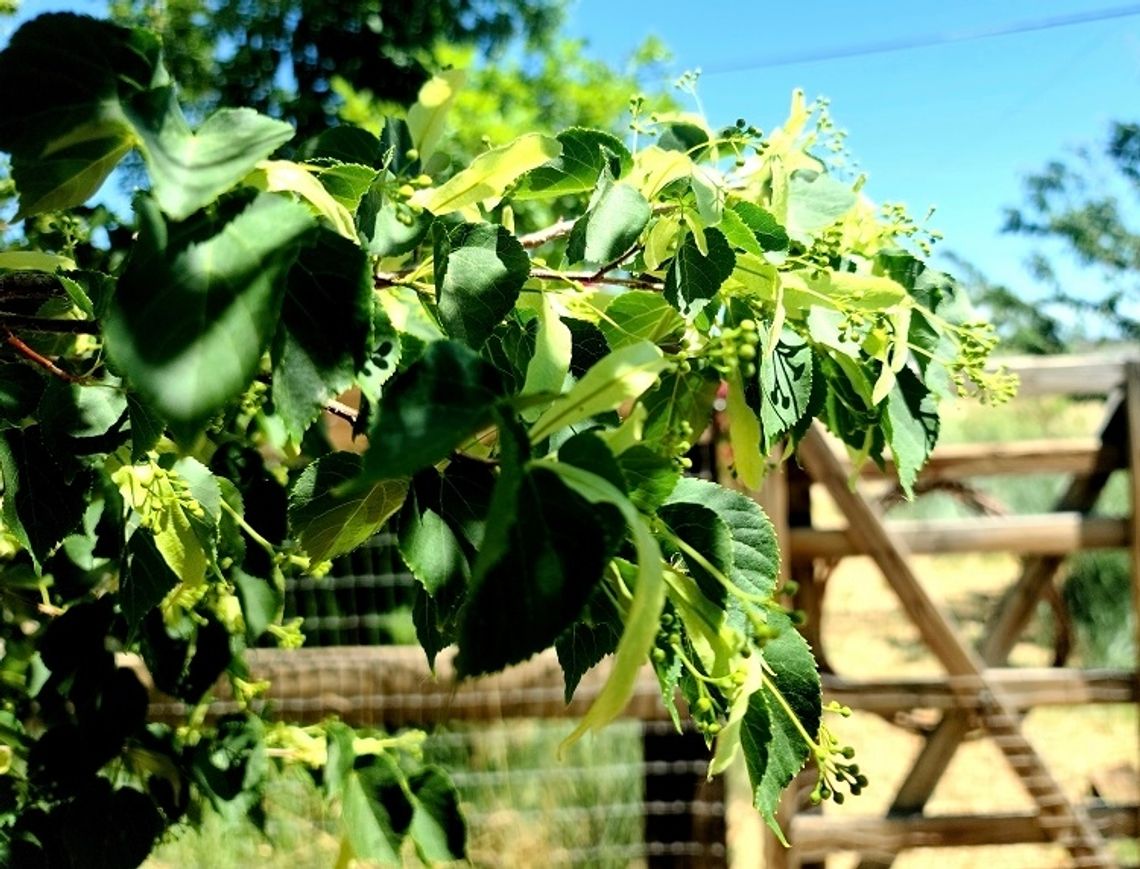
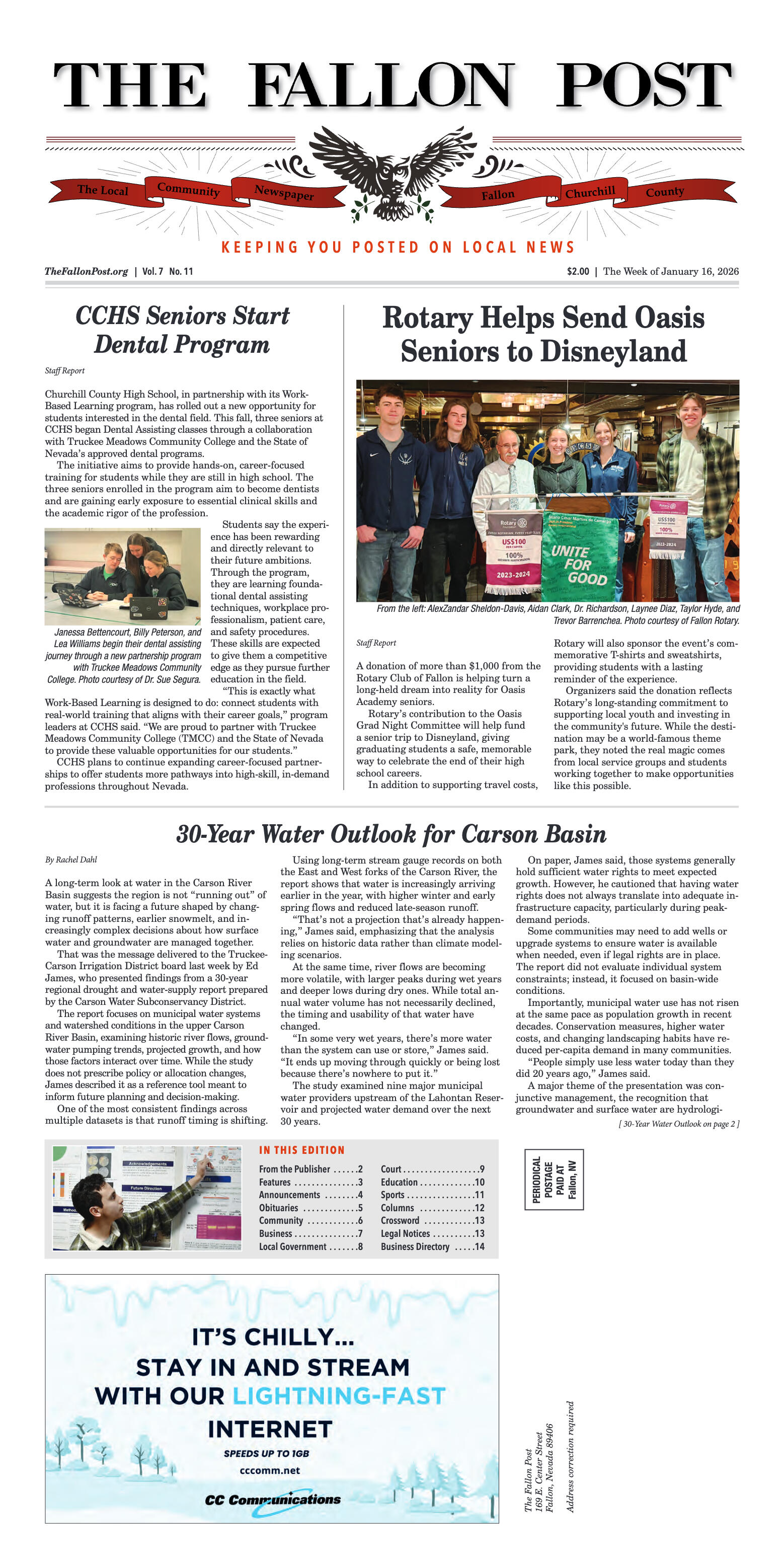
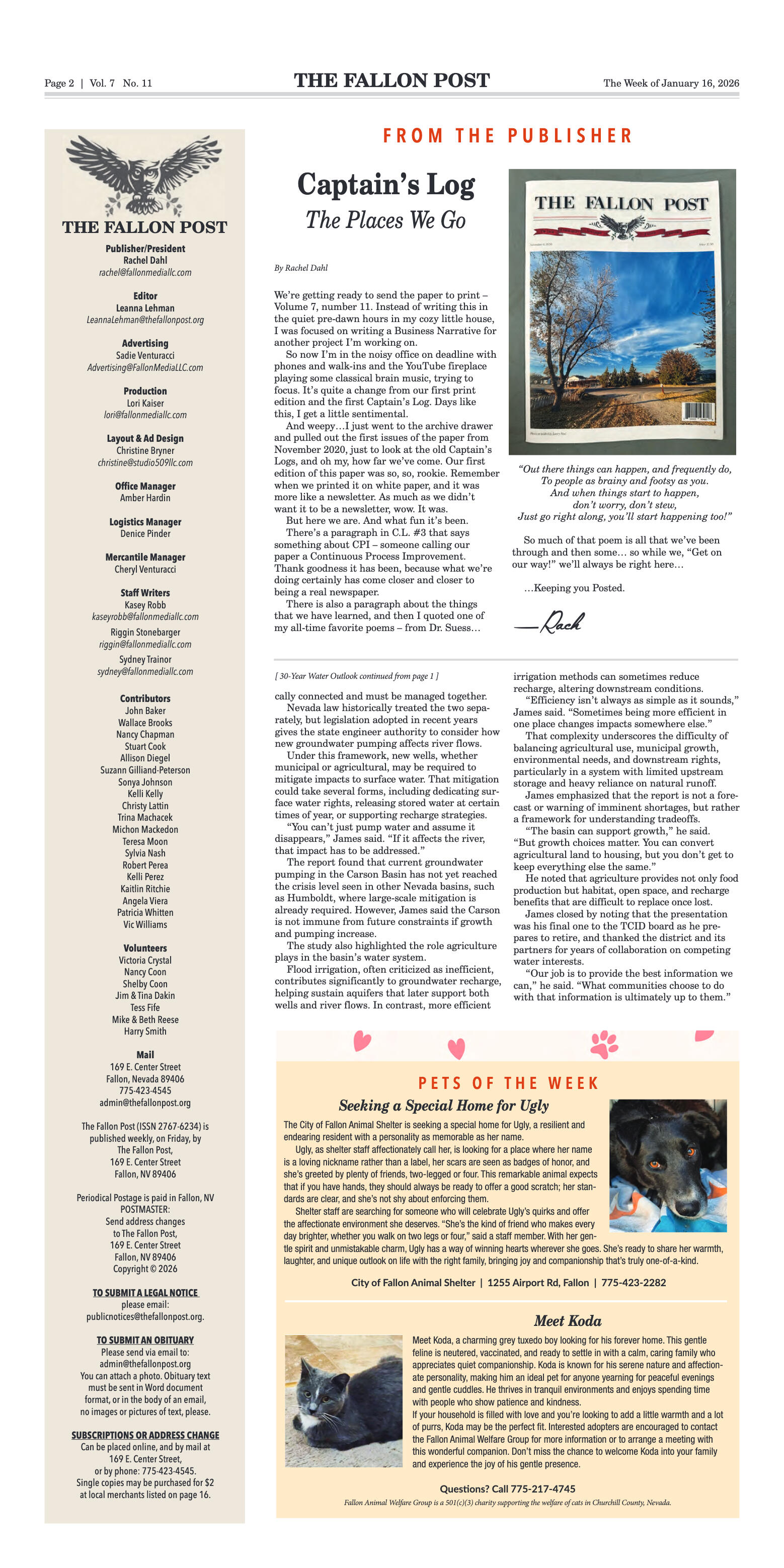
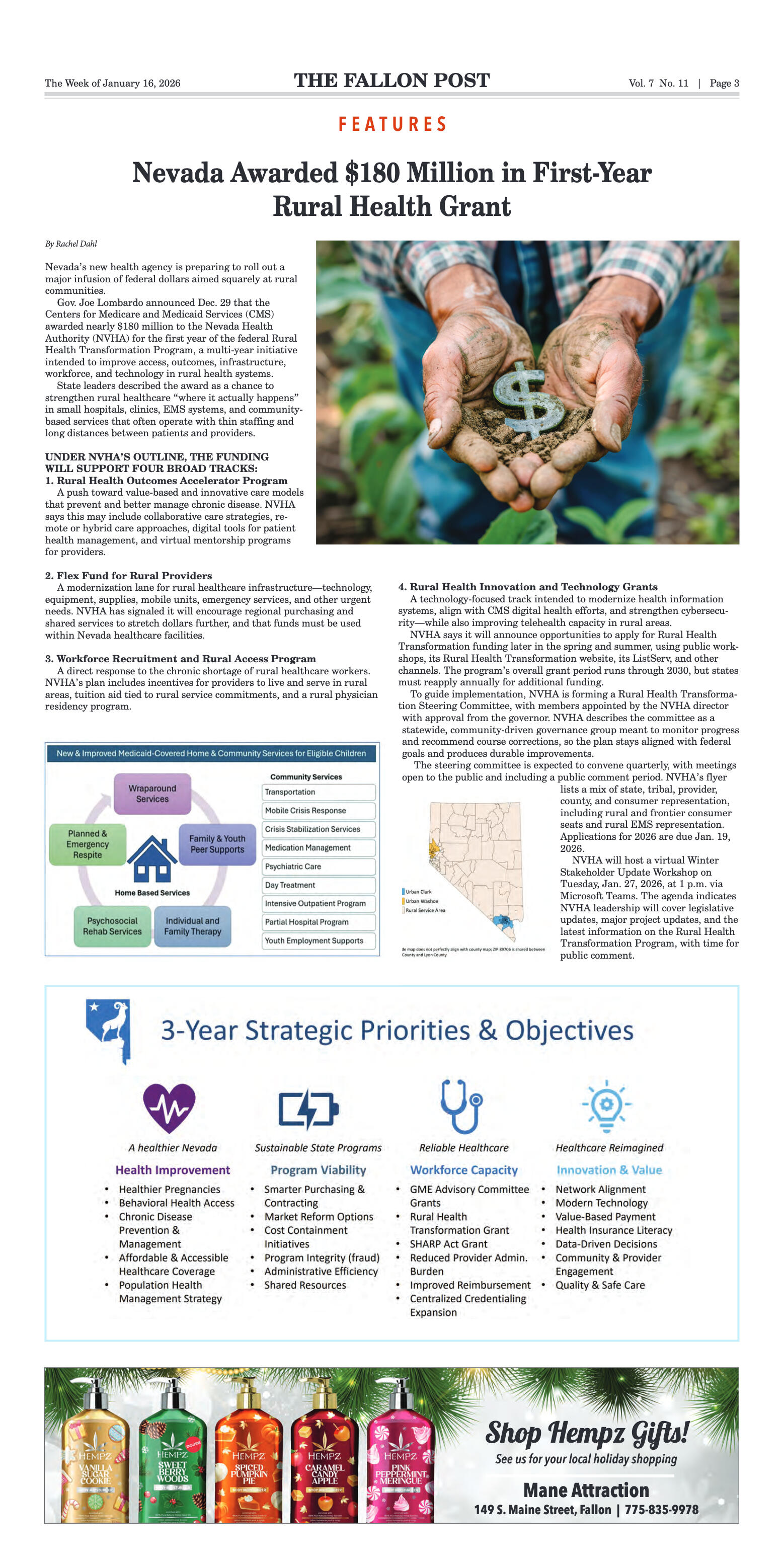
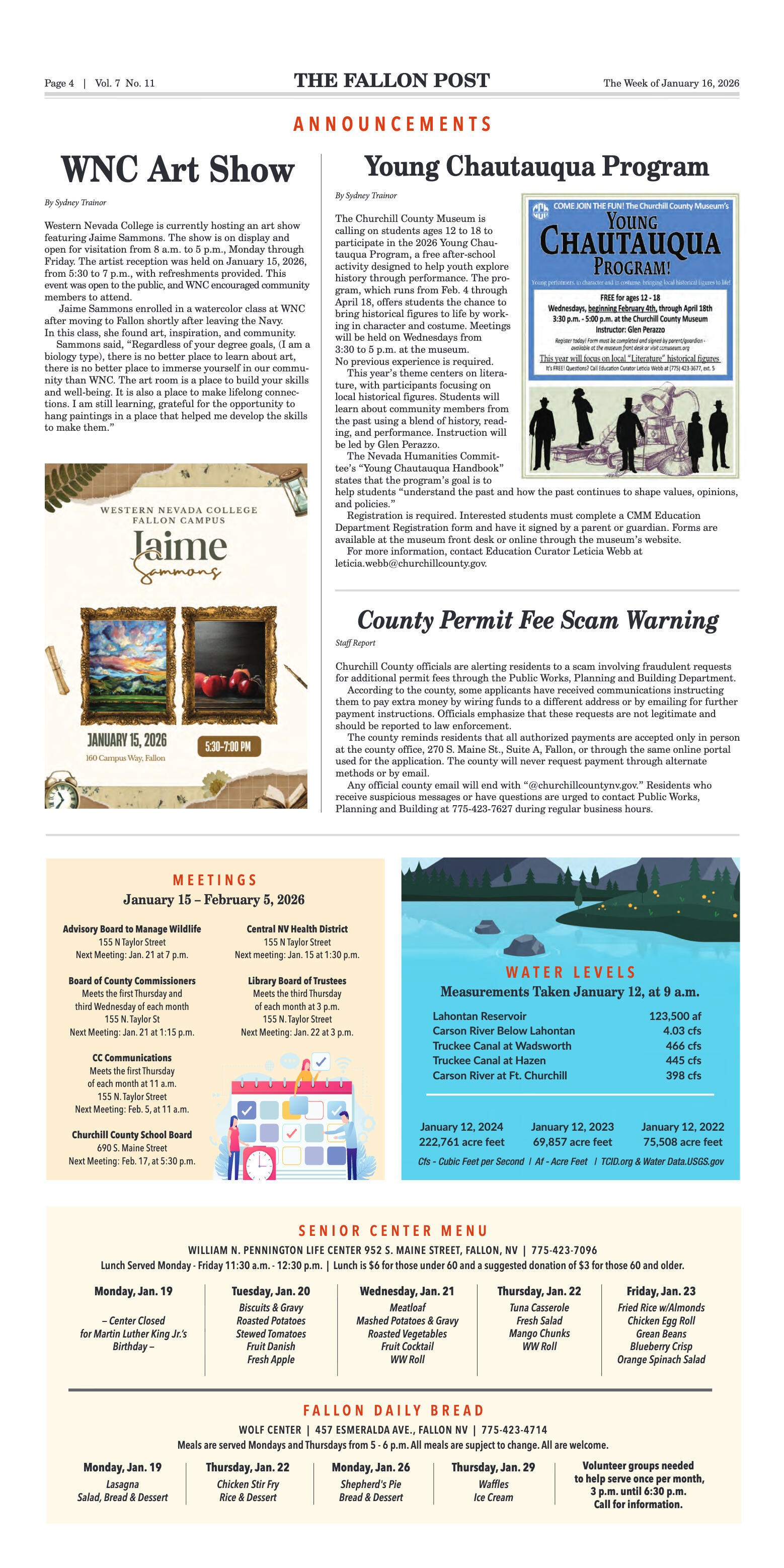

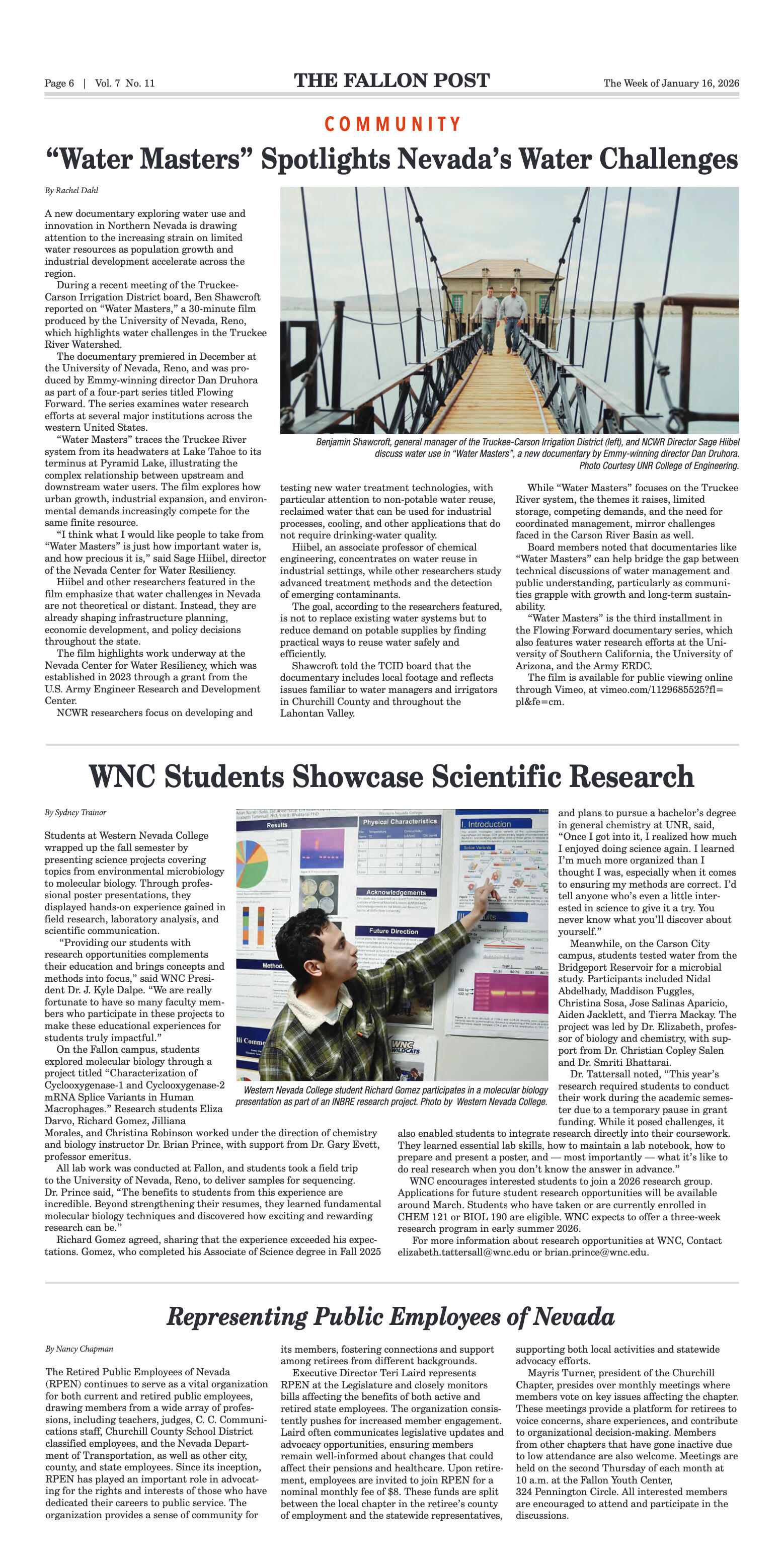
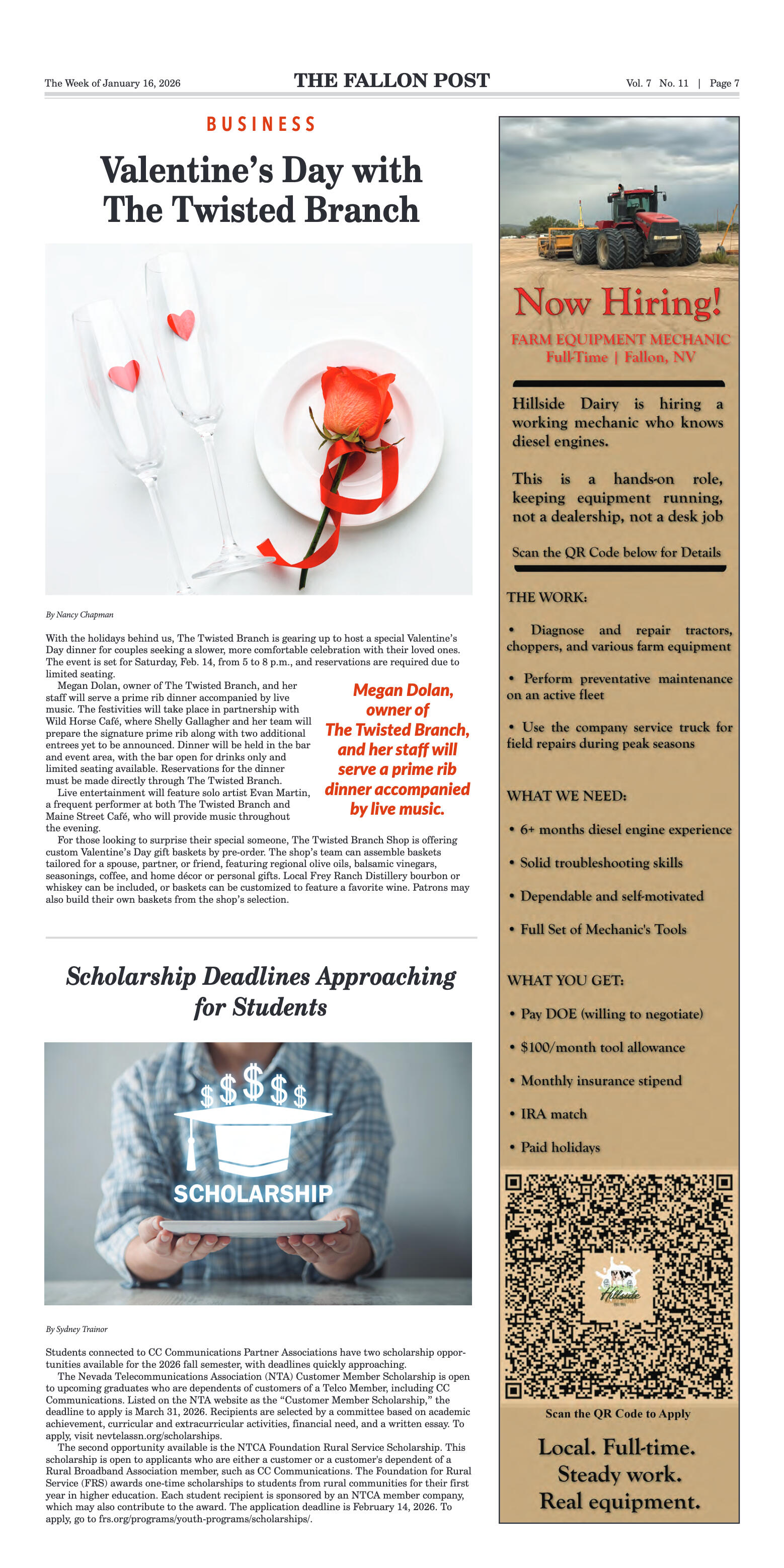
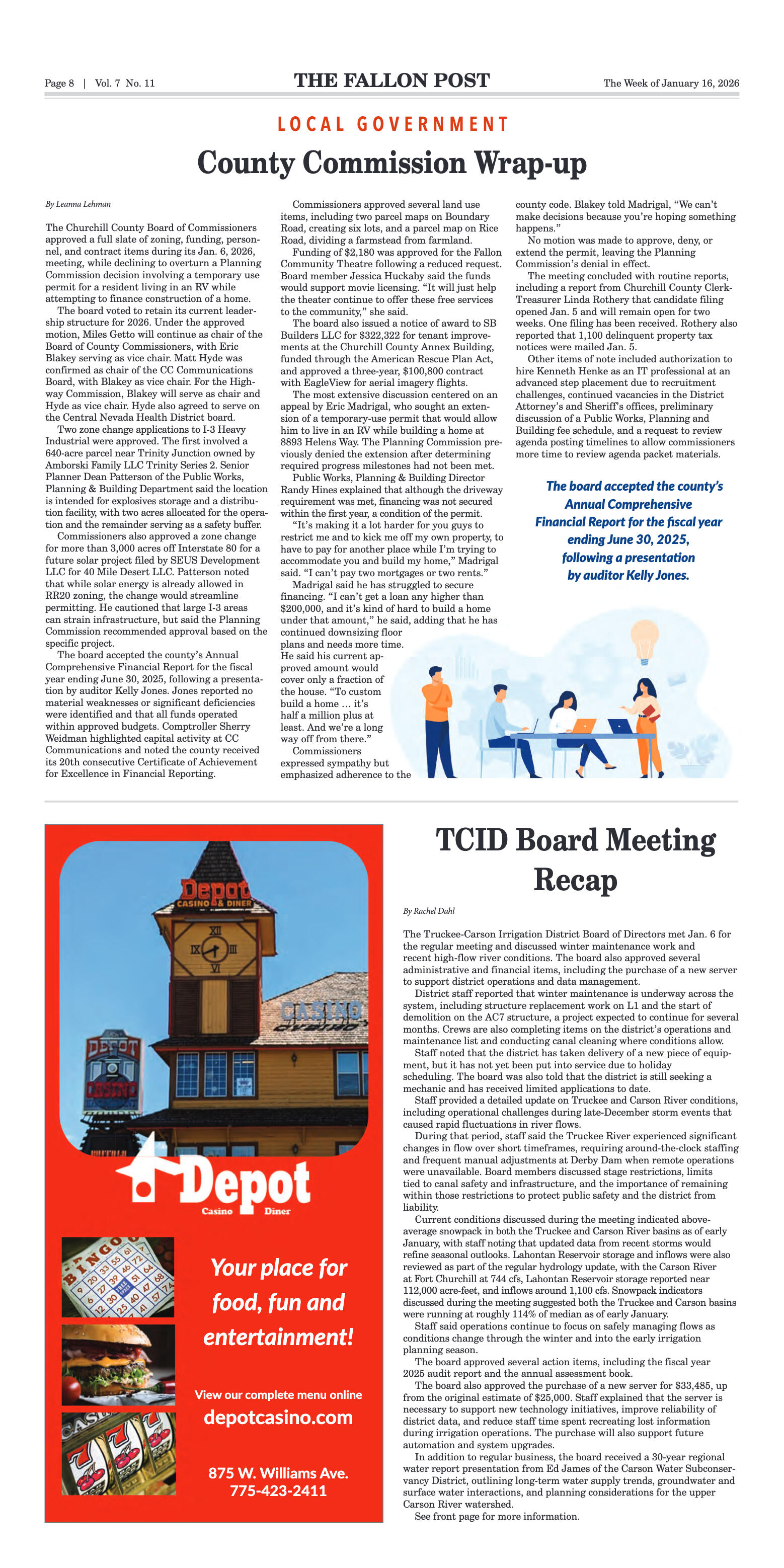
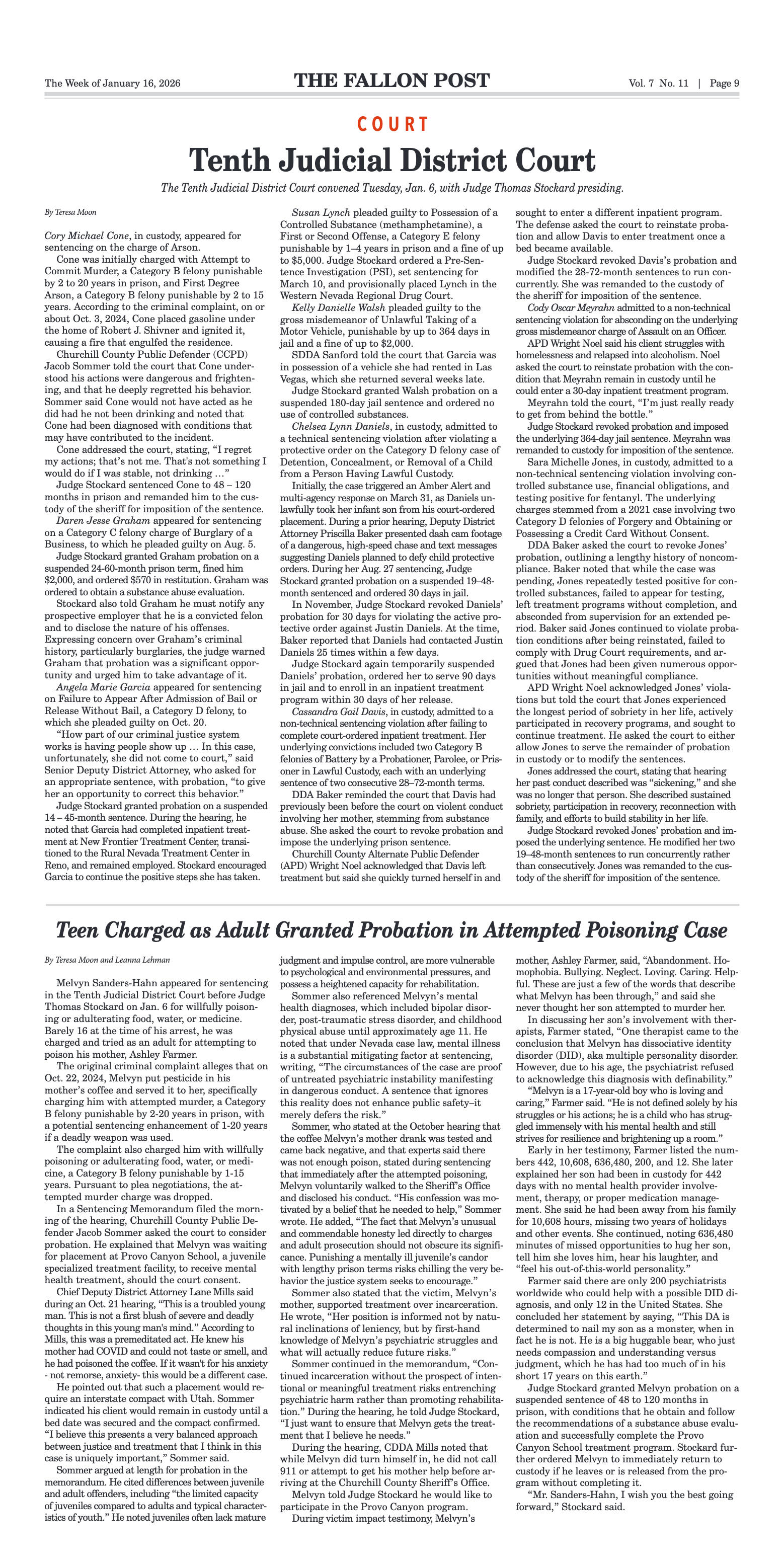
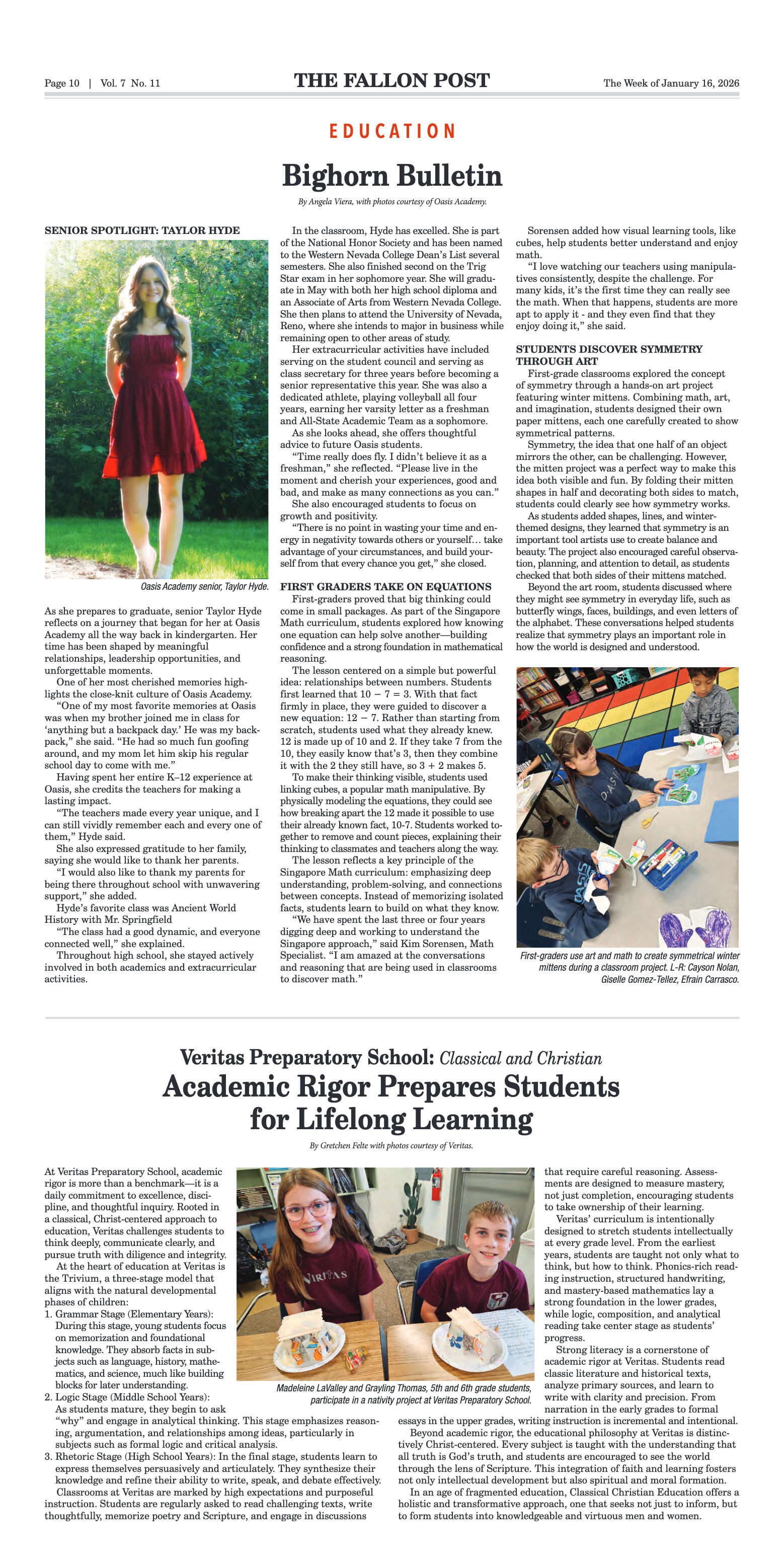

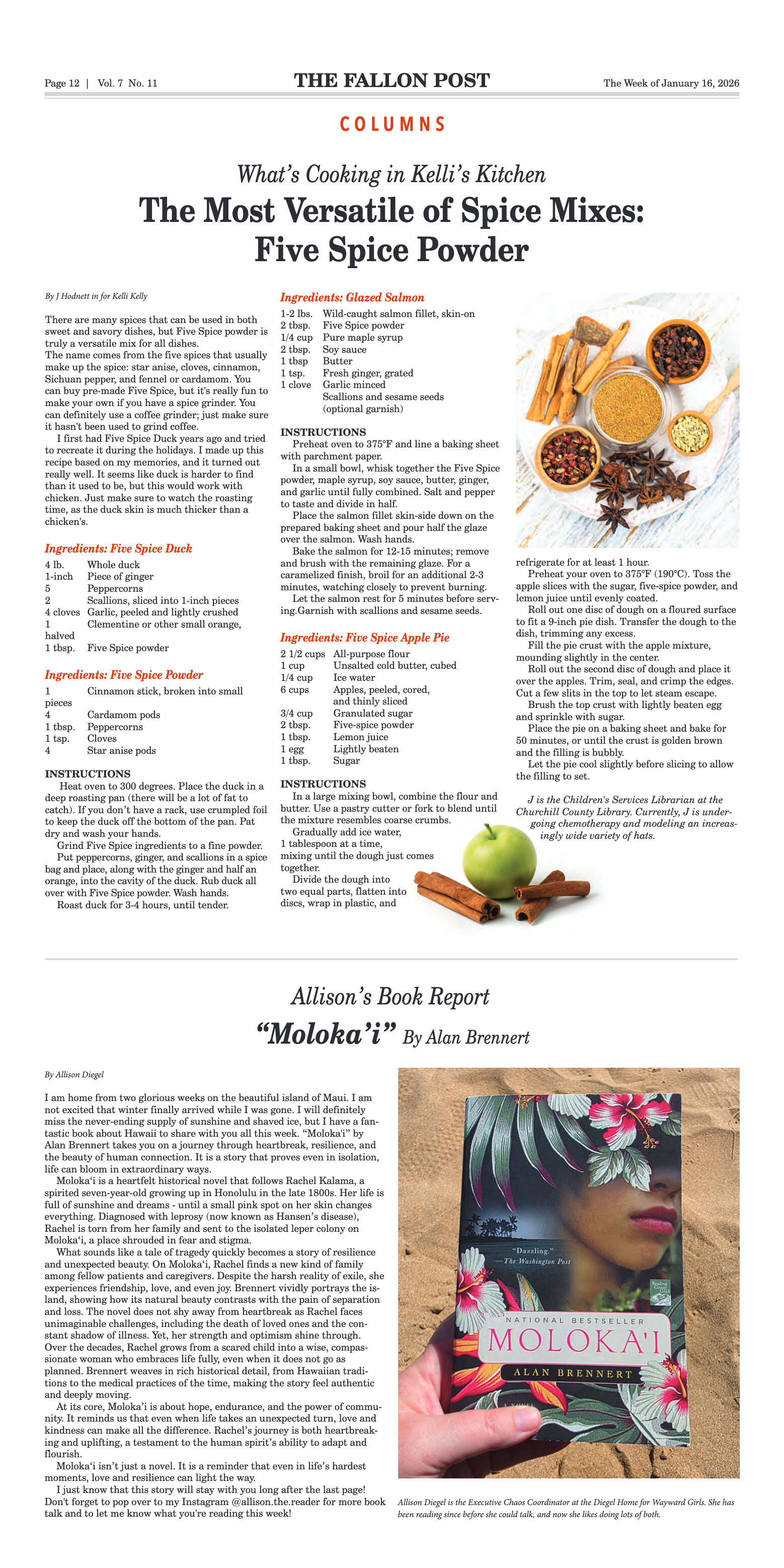




















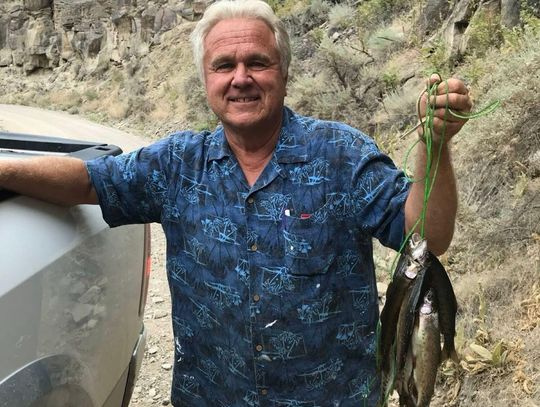





Comment
Comments